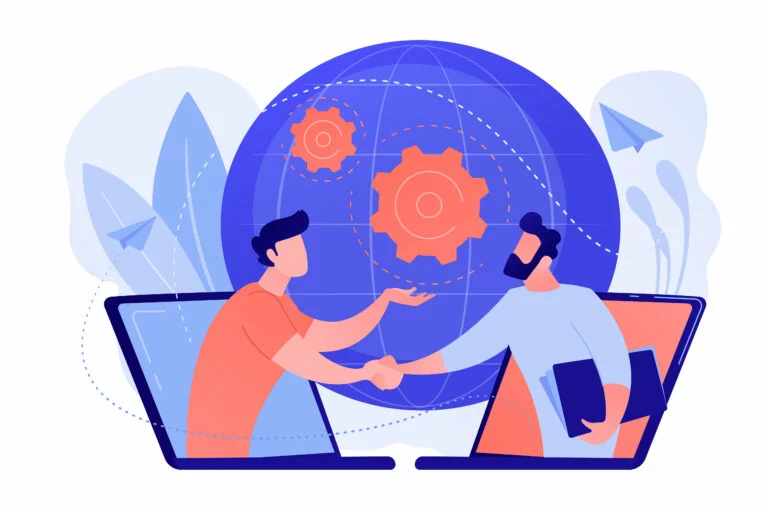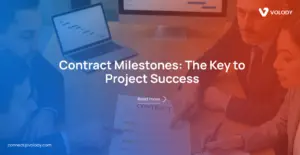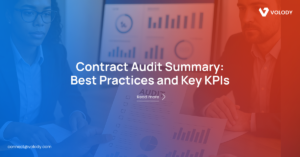Imagine a scenario where a company licenses its software to another business. Both parties need to ensure that their rights and obligations are clearly defined to avoid disputes down the line. This is where an Enterprise License Agreement (ELA) comes into play. As legal professionals, understanding the intricacies of an ELA is paramount for advising clients effectively and ensuring that all aspects of the agreement are meticulously drafted and adhered to.
In this comprehensive guide, we will delve into the essential elements of Enterprise License Agreements. We will explore the purpose and importance of ELAs, key components, as well as the implications of breach. Additionally, we will discuss best practices for drafting ELAs, handling modifications, and ensuring compliance. By the end of this article, you will have a solid understanding of ELAs.
What is an Enterprise License Agreement?
An Enterprise License Agreement (ELA) is a contract between a licensor and a licensee. It gives the licensee the rights to use the licensor’s IP, on a large scale across the licensee’s organization. Unlike individual software licenses, which are limited to single users or devices, an ELA covers the entire business. It allows the software to be used widely across multiple departments or locations.
The goal of an ELA is to give the licensee broad usage rights while protecting the licensor’s IP. These agreements are common in large organizations that need to use software extensively. They provide the flexibility to deploy the software across various branches without needing multiple individual licenses.
Related Article: EULA: End User License Agreement: Your Ultimate Guide
Key Features of an Enterprise License Agreement

- Comprehensive Coverage: ELAs cover all users in an organization, no matter where they are or what device they use. This broad scope makes it easier to deploy software and keep track of its use.
- Cost Efficiency: By combining licenses into one agreement, companies can often negotiate better terms and prices than buying individual licenses.
- Flexibility: ELAs allow companies to scale software use as they grow, adding users or locations with little extra effort.
- Extended Term Length: ELAs usually last longer than standard licenses, often for several years. This provides stability and predictability for both parties.
The Importance of Clear Terms and Conditions
Clear terms and conditions in an ELA are essential. Both parties need to fully understand what the agreement allows and the limits it sets. This includes clearly defining the specific IP covered by the license, the rights granted to the licensee, and any restrictions on use.
The agreement should also outline how updates and upgrades to the software will be managed. Additionally, it must detail any support services provided by the licensor.
A well-written ELA also plans for future changes in the organization’s structure or technology needs. For example, it may include provisions for renegotiation or amendments to address mergers, acquisitions, or changes in business strategy.
Legal Implications of ELAs
From a legal perspective, ELAs are important. They are binding contracts that can have long-term effects for both parties. If either side fails to follow the terms of an ELA, serious consequences can occur. These may include breach of contract claims, financial penalties, and damaged business relationships.
Legal professionals must approach the drafting and negotiation of these agreements with great care. It is essential to address all potential risks to avoid issues later on.
Related Article: What is Software License Agreement? Know the Basics
Why Are Enterprise License Agreements Important?
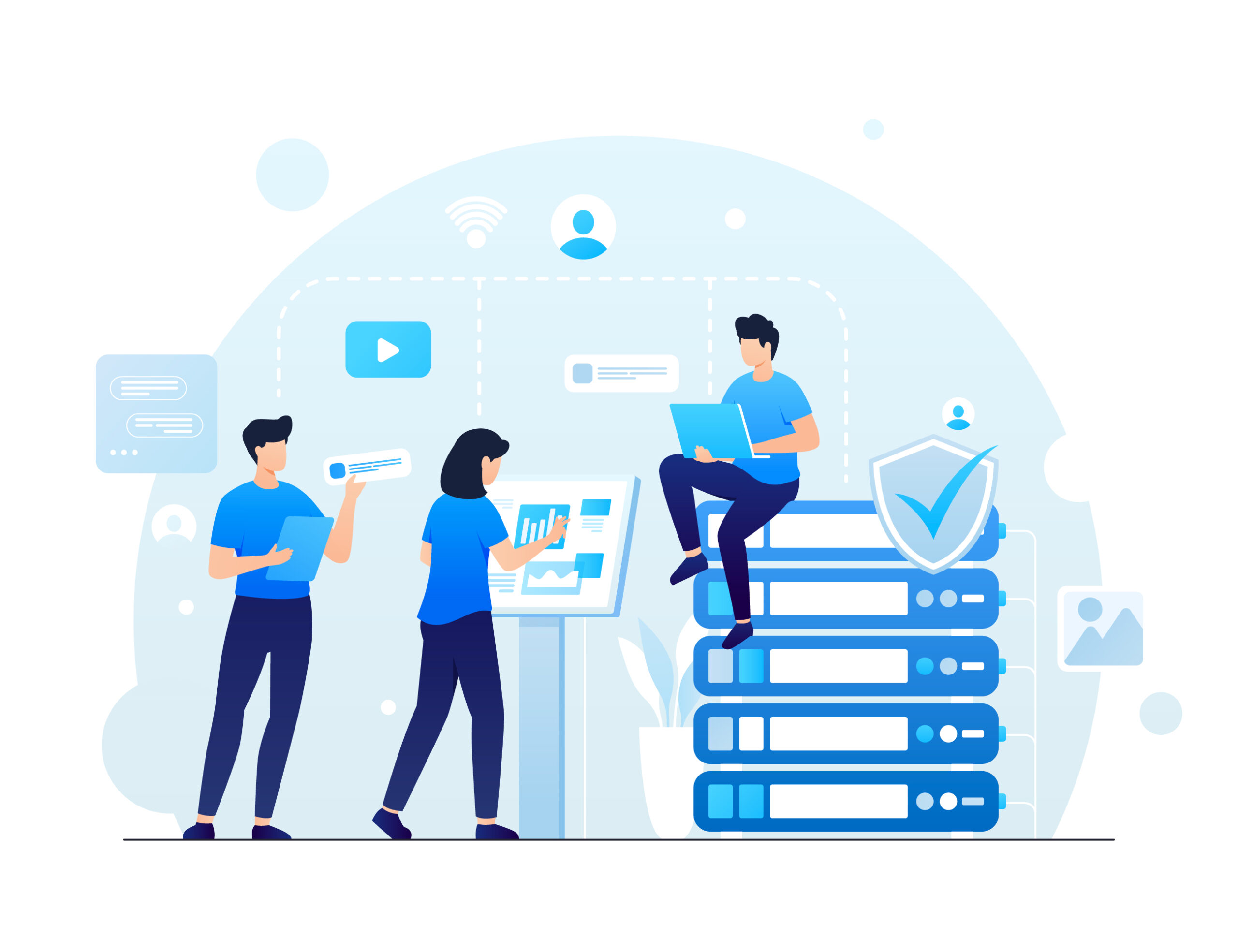
The importance of ELAs in business is clear. As companies depend more on complex software systems, having a well-structured ELA becomes essential. ELAs make the licensing process smoother. They also provide many benefits that are vital for both licensors and licensees.
Efficiency and Scalability
One of the main reasons ELAs are so valuable is their efficiency and scalability. In large organizations, managing many individual licenses can be tricky. This often leads to administrative problems and potential compliance issues.
An ELA simplifies this by providing one comprehensive agreement for the entire organization. As the company grows, the software can scale up without needing to renegotiate terms or buy new licenses.
Cost Management
Another important part of ELAs is managing costs. When a company buys software on a large scale through an ELA, they often receive substantial discounts. This reduces the total cost for the licensee.
ELAs also help with budgeting. They usually include fixed prices for the entire agreement term. This makes it easier to plan finances, especially in industries where technology spending takes up a large part of the budget.
Legal and Compliance Assurance
From a legal standpoint, ELAs help ensure that all software use within a company follows licensing laws. This is crucial in places with strict intellectual property laws. Unauthorized software use in these areas can lead to large fines and legal issues.
ELAs reduce this risk by clearly stating the rights and responsibilities of both parties. This clarity offers legal protection and peace of mind.
Strategic Business Advantage
Finally, ELAs can give companies a strategic edge. By getting broad usage rights to important software, businesses can work more efficiently. They can also innovate faster and adapt to market changes more quickly.
This advantage often drives the decision to enter into an ELA. It helps companies stay competitive and responsive in a fast-moving market.
Related Article: Difference Between Unilateral and Bilateral Contracts
Key Elements of an Enterprise License Agreement
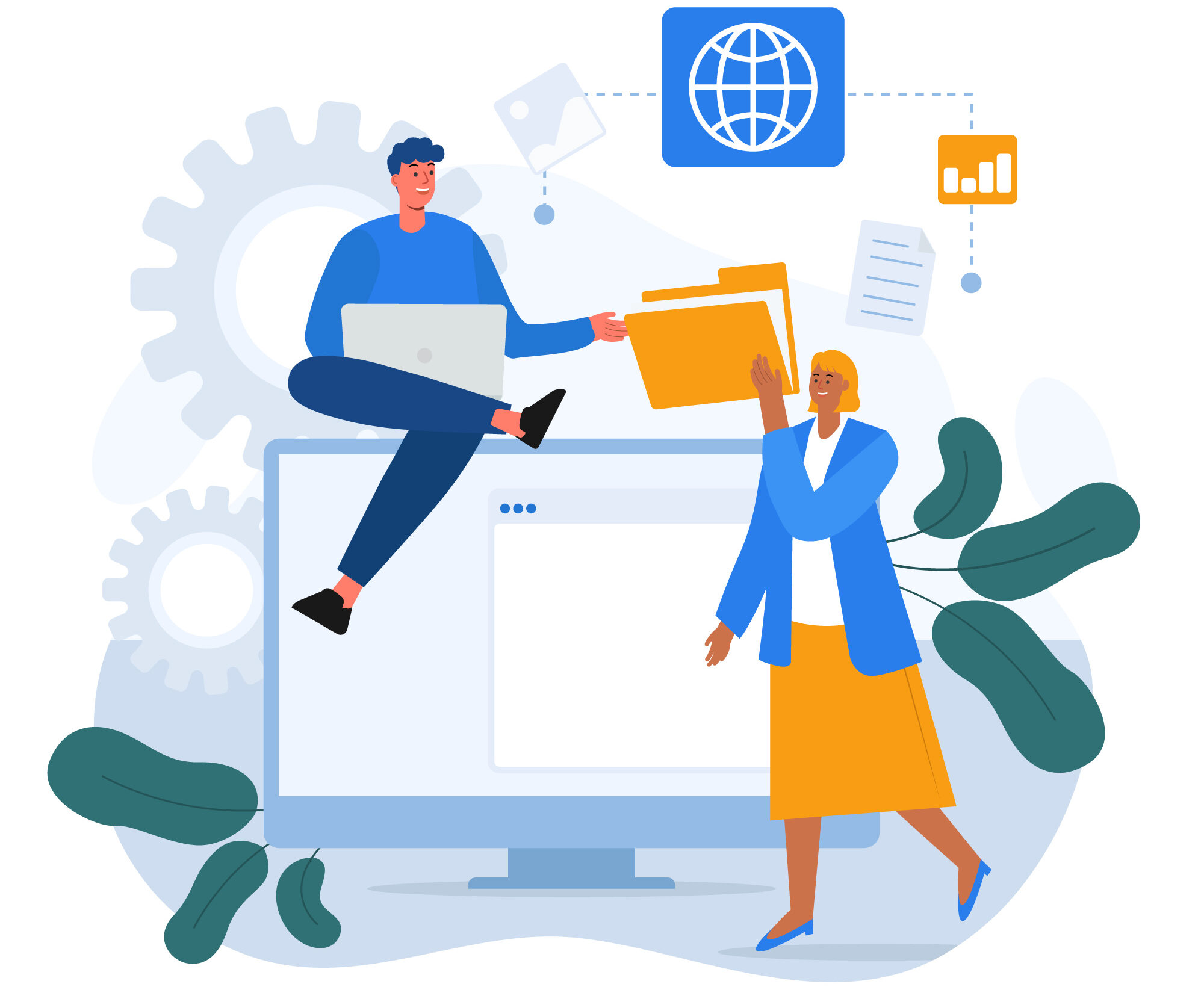
An ELA is a detailed document that needs to cover many important elements. This ensures both the licensor and the licensee are protected and that the software is used correctly.
Key parts of an ELA include licensing terms, confidentiality clauses, and termination provisions. There are also other important elements to consider.
Licensing Terms
At the core of any ELA are the licensing terms. These terms define what the license covers, including the software, allowed uses, and any restrictions. It is important to clearly state these terms to avoid confusion.
The licensing terms should also specify how long the license lasts. They should outline any options for renewing or ending the license.
- Scope of Use: This section explains how the software can be used. It details who is allowed to use it and the geographical or organizational limits of its use.
- Usage Rights: This part specifies whether the license is exclusive or non-exclusive. It also mentions if the license can be sublicensed to other parties.
- License Fees: This section outlines the payment details. It includes any upfront fees, recurring payments, and penalties for late payments.
Confidentiality Clauses
Confidentiality is a key part of an ELA. Since software often includes sensitive information, it’s crucial for both parties to agree on protecting each other’s confidential details.
Confidentiality clauses should clearly define what information is confidential. They should also outline each party’s responsibilities to safeguard this information & state the consequences for breach.
- Definition of Confidential Information: This section clearly defines what is considered confidential information. It includes items like source code, business strategies, and customer data.
- Obligations of the Parties: This part details the actions each party must take to protect confidential information.
- Duration of Confidentiality: This section specifies how long the confidentiality rules apply. Often, these rules continue even after the agreement ends.
Termination Provisions
Termination clauses in an ELA are vital. They set out how and when the agreement can be ended. These clauses protect both parties by outlining a clear process for ending the partnership if needed.
- Termination for Cause: This section describes when the agreement can be ended due to a serious issue, like a major breach by either side.
- Termination for Convenience: This part lets either party end the agreement without needing a reason. Typically, there is a notice period required.
- Effects of Termination: This outlines what happens when the agreement ends. It includes the responsibilities of both parties, such as returning or destroying confidential information and stopping the use of software.
Related Article: What is Force Majeure Clause? How does it work?
How Does Licensing Work in Enterprise Agreements?

Licensing in an ELA is a key part that defines how the software can be used within the licensee’s organization. Understanding licensing in these agreements is crucial for staying compliant and getting the most value from the software.
This means knowing the details of how the software can be used is essential for both following the rules and making sure the software is used effectively.
Types of Licenses
ELAs can include different types of licenses, each designed to meet the specific needs of the licensee. The most common types of licenses in ELAs are:
- Perpetual Licenses: These let the licensee use the software forever. They often cost more upfront but avoid ongoing payments, offering long-term value.
- Subscription Licenses: These provide access to the software for a set period and usually require regular payments. They offer flexibility and often include updates and support.
- Concurrent User Licenses: These limit the number of users who can access the software at the same time. They are a cost-effective choice for organizations with many occasional users.
- Enterprise-Wide Licenses: These cover all users within an organization, no matter their location or device. They simplify compliance and offer broad usage rights.
License Management and Compliance
Effective license management is key to making sure that the licensee follows the terms of the ELA. This means keeping an eye on software use, ensuring it stays within agreed limits, and keeping detailed records of all installations and users.
- Usage Monitoring: Set up tools and processes to track software use across the organization. Make sure it matches the terms of the ELA.
- Audits: The ELA may include regular audits by the licensor to check for compliance. Licensees should be ready for these audits by keeping thorough records.
- Non-Compliance Penalties: The ELA should specify penalties for not following the terms. These can include extra fees, restrictions on software use, or even ending the agreement.
Negotiating License Terms
The licensing terms in an ELA are often negotiable, which lets both parties adjust the agreement to fit their needs.
Key points to negotiate may include:
- License Scope: Decide on the license’s coverage, such as the number of users, locations, and devices.
- Fee Structure: Set the payment terms, including possible discounts for large or long-term commitments.
- Renewal and Termination: Define how to renew or end the license. This includes any automatic renewal clauses or required notice periods.
Related Article: What is a Partnership Agreement? What terms should you include?
Confidentiality in Enterprise License Agreements

Confidentiality is crucial in ELAs. It protects the sensitive information shared between the licensor and the licensee. ELAs often involve access to proprietary software, trade secrets, and customer data. Therefore, both parties need to set clear and enforceable confidentiality terms.
Why Confidentiality Matters
In an ELA, confidentiality keeps any shared proprietary information safe. This is crucial for licensors sharing valuable IP with the licensee. Likewise, licensees must safeguard any sensitive business details revealed during negotiations or when using the software.
- Protection of IP: Confidentiality clauses ensure the licensor’s IP is protected. They prevent unauthorized use or disclosure that could harm the competitive edge of the software.
- Business Integrity: For licensees, keeping confidentiality is essential to protect sensitive business information. This includes customer data or internal processes that might be exposed during software use.
- Legal Compliance: Confidentiality agreements are often needed to meet legal and regulatory standards. This is especially true in industries like finance and healthcare.
Key Components of Confidentiality Clauses
Confidentiality clauses in ELAs should be thorough, covering all aspects of information protection. An effective confidentiality clause includes:
- Definition of Confidential Information: Clearly explains what is considered confidential. This includes all proprietary and sensitive data shared during the agreement.
- Obligations of the Parties: Details what both the licensor and the licensee must do to protect confidential information. It includes any necessary security measures.
- Duration of Confidentiality: States how long the confidentiality obligations will last. This often extends beyond the end of the agreement.
- Exclusions: Lists information that is not covered by confidentiality. This might include information already public or independently developed by the receiving party.
- Consequences of Breach: Describes the legal and financial consequences if confidentiality is broken. This includes potential damages, court orders, and termination of the agreement.
Best Practices for Ensuring Confidentiality
To keep confidentiality throughout the ELA, both parties should follow these best practices:
- Regular Training: Ensure employees are trained regularly on confidentiality and their obligations under the ELA.
- Implementing Security Measures: Use encryption, secure networks, and access controls to protect confidential information from unauthorized access.
- Monitoring and Auditing: Conduct regular audits to check that both parties are following confidentiality rules. This helps identify risks before they lead to a breach.
Related Article: Importance of Confidentiality Clause: Your Ultimate Guide
Termination and Breach of Enterprise License Agreements
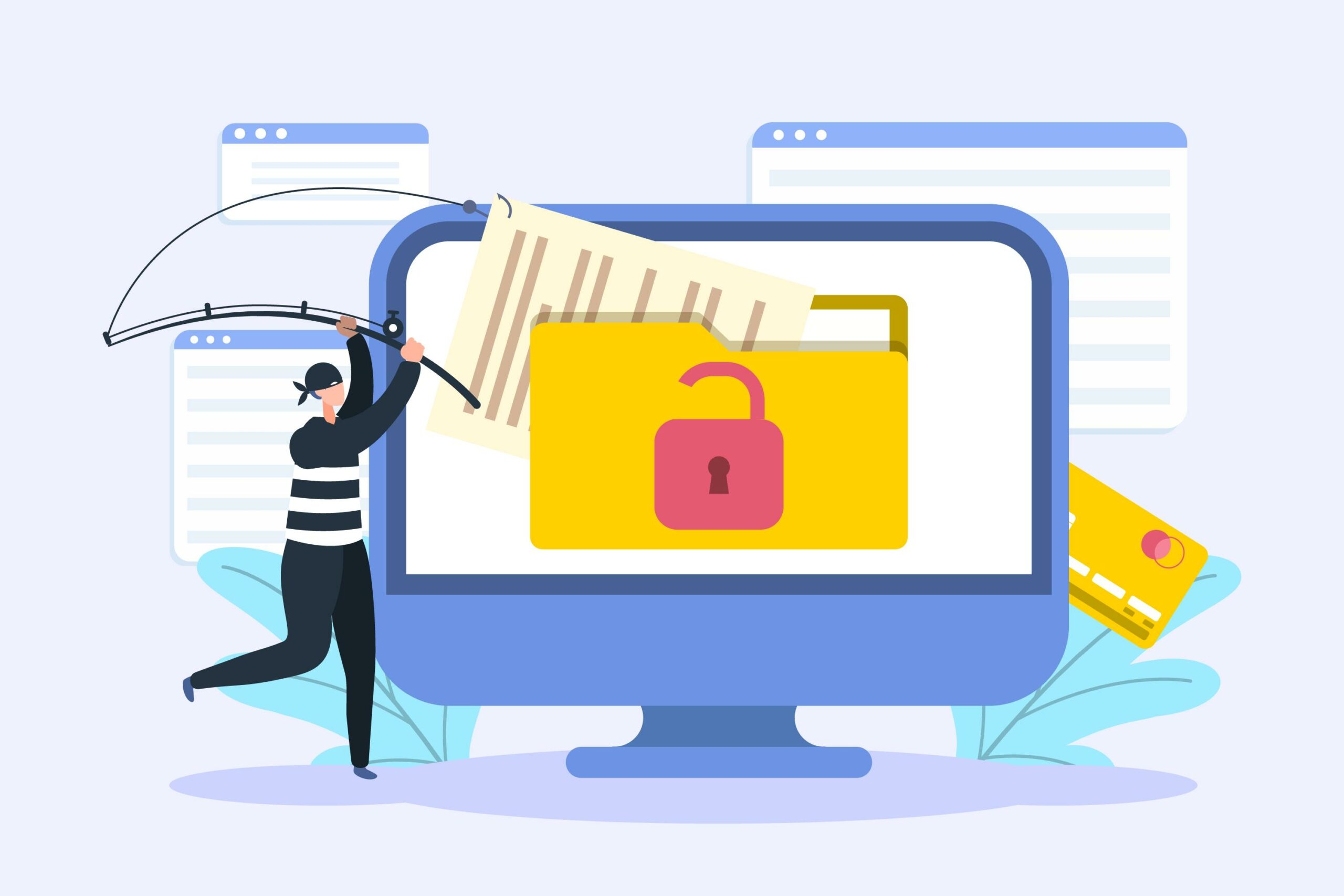
Termination and breach clauses in an ELA are crucial for protecting both the licensor and the licensee. These clauses set clear rules for ending the agreement. They explain the conditions under which the agreement can be terminated and outline the consequences of a breach.
Grounds for Termination
The termination of an ELA may be triggered by various factors, which are typically categorized as either a material breach of this agreement or specific conditions predefined in the contract. A material breach occurs when one party fails to meet essential obligations under the terms of this agreement, thereby compromising the subject matter and overall purpose of the contract. Common grounds for termination include:
- Failure to Meet Specifications: If the software does not meet the quality standards or specifications outlined in the agreement, the licensee may seek to terminate the agreement. This ensures that the product development aligns with the intended use and basis of the licensing agreement.
- Breach of Confidentiality: Given the sensitivity of the information often shared under ELAs, a breach of confidentiality, particularly concerning proprietary information like trade secrets or works of art, can lead to termination.
- Non-Payment or Default: If the licensee fails to make payments in accordance with the agreed payment terms or within the stipulated business day, this can constitute a material breach, giving the licensor the right to terminate the agreement.
Procedures for Termination
An ELA should provide a clear process for termination to ensure that the interests of both parties are protected and that termination is executed in a timely manner. Key aspects include:
- Notification and Cure Period: Before the agreement is terminated, the non-breaching party must typically provide written notice of the breach and allow a cure period during which the breaching party can rectify the situation. The length of this period is often specified in the preliminary terms or the letter of intent.
- Legal Advice and Arbitration: It’s advisable for both parties to seek legal advice before initiating termination to ensure compliance with the applicable law and to explore alternative dispute resolution methods, such as arbitration. Arbitration can provide a neutral platform for resolving disputes without resorting to litigation.
- Final Contracts and Compliance: Upon termination, the licensor may be required to provide a final receipt, documenting the cessation of services and ensuring that all provisions, including indemnification and warranties, have been met. The licensee, in turn, must comply with the terms of use and destroy or return any licensed materials, as outlined in the termination clause.
Consequences of Termination & Indemnification
Termination of an ELA carries significant consequences, which are typically designed to protect the non-breaching party while ensuring a fair resolution. These may include:
- Revocation of Rights: Upon termination, the licensee’s rights to use the licensed software are revoked. If the ELA was an exclusive license agreement, this could mean significant disruption to the licensee’s operations, particularly if the software was integral to the business entity’s functioning.
- Return of Confidential Information: The licensee must return or destroy all confidential information obtained during the course of the agreement. This includes any templates, legal design documents, or source code provided by the licensor.
- Indemnification and Harmless Licensor Clause: The licensee may be required to indemnify the licensor against any losses or damages resulting from the licensee’s breach of the agreement. The harmless licensor clause is crucial in protecting the licensor from liability after the agreement has been terminated.
- Trademarks and Trade Names: Any use of the licensor’s trademarks or trade names must cease immediately upon termination. Failure to do so can lead to further legal action, particularly if such use constitutes trademark infringement.
Related Article: What is a Termination Clause in Contracts? A Short Guide
Exclusivity in Enterprise License Agreements

Exclusivity clauses in ELAs are crucial for defining the rights of both the licensee and the licensor. These clauses decide if the licensee has exclusive rights to use the software. They also determine if the licensor can offer the software to other parties.
Types of Exclusivity
Exclusivity can be set up in different ways based on what the parties need. Here are the most common types:
- Exclusive License: With an exclusive license, the licensee gets the only right to use the software in a specific market or region. The licensor cannot give the software to anyone else in that area. Licensees often seek this type to gain a competitive edge by keeping others from using the same software.
- Non-Exclusive License: A non-exclusive license lets the licensor provide the software to multiple parties at the same time. This is typical in industries where having many users benefits the licensor’s business.
- Sole License: A sole license combines features of exclusive and non-exclusive licenses. The licensee has the exclusive right to use the software, but the licensor can also use it. This arrangement helps licensors keep some control over their software while granting significant rights to the licensee.
Implications of Exclusivity
Adding an exclusivity clause can have big effects for both the licensor and the licensee. It’s important to understand these effects to make smart choices during negotiations.
For the Licensee:
- Market Advantage: An exclusive license can give the licensee a strong market edge. It allows them to stand out from competitors who do not have access to the same software.
- Higher Costs: Exclusive licenses are usually more expensive than non-exclusive ones. This is because they come with additional rights, increasing the overall cost of the ELA.
- Long-Term Commitment: Exclusivity often means a long-term commitment. Licensors are usually hesitant to grant exclusivity for a short-term deal.
For the Licensor:
- Revenue Considerations: An exclusive license might cost more, but it restricts the licensor from earning extra revenue by licensing the software to others.
- Market Penetration: Non-exclusive licenses let the licensor enter several markets at once. This can boost brand recognition and increase market share.
- Risk of Dependency: Giving an exclusive license can make the licensee dependent on the licensor. This risk arises if the licensor can’t license the software to others.
Negotiating Exclusivity Clauses
When negotiating exclusivity clauses, it’s important to carefully consider the needs and goals of both parties. Here are some key factors to keep in mind:
- Scope of Exclusivity: Clearly define what exclusivity covers. This includes the markets, geographic areas, and time periods.
- Compensation: Decide on fair compensation for exclusivity. This might involve higher license fees, royalties, or other financial incentives.
- Termination of Exclusivity: Set clear conditions for ending exclusivity. For example, exclusivity may end if performance targets are not met or if market conditions change.
Related Article: Drafting a Non-Compete Clause: Best Practices
Infringement, IP & Trademark in ELAs

Infringement and IP rights are major issues in ELAs. For licensors, protecting their IP is crucial. Licensees must ensure they use the software in a way that does not violate others’ rights.
Both parties need to be aware of these concerns. Licensors focus on safeguarding their IP, while licensees must avoid infringing on the rights of others.
Understanding Infringement
Infringement happens when someone breaks IP rights by using, copying, or distributing software without permission. In an ELA, both the licensor and licensee need to prevent and address any infringement issues.
- Licensor’s Responsibilities: The licensor must ensure that the software they license does not violate anyone else’s IP rights. This involves doing careful checks and getting any needed permissions or licenses from other IP holders.
- Licensee’s Responsibilities: The licensee must use the software according to the ELA terms to avoid breaking the licensor’s IP rights. Unauthorized use, copying, or sharing of the software can lead to legal trouble and hefty fines.
IP Rights Clauses in ELAs
IP rights clauses in ELAs are meant to protect both parties and outline their responsibilities regarding IP. Here are the key parts of these clauses:
- Ownership of IP: This section clearly defines who owns the IP rights to the software. It includes any changes or improvements made during the agreement.
- Licensing of IP: This part details the rights given to the licensee. It covers how the software can be used, any restrictions on copying or sharing, and how long the license lasts.
- Infringement Indemnification: This clause ensures that the licensor will cover any legal claims against the licensee for IP infringement. It protects the licensee if the software is found to violate someone else’s rights.
- Enforcement of IP Rights: This section describes how IP rights will be enforced. It includes procedures for handling infringement claims and who can take legal action.
Addressing Infringement Claims
If there’s an infringement claim, the ELA should outline a clear process for handling it. This process includes:
- Notification: The licensee must tell the licensor right away if they learn about any potential infringement claims related to the software.
- Legal Defense: The licensor may need to provide a legal defense against these claims. This includes covering any related costs.
- Remedies: If the software is found to infringe on someone else’s intellectual property, the licensor might need to:
- Modify the Software: Change the software to remove the parts causing the issue.
- Secure a License: Get a license from the third party to keep using the intellectual property.
- Replace the Software: Provide the licensee with a different version of the software or another solution that doesn’t infringe.
Related Article: Best Contract Management Software: Top 10 CLM in 2024
Conclusion
Enterprise License Agreements are detailed legal documents that need careful attention and negotiation. To protect your interests and ensure a successful partnership, understand the key parts of an ELA. These include the scope of the license, payment terms, confidentiality, termination clauses, exclusivity, and intellectual property rights.
For licensors, a well-drafted ELA helps in maximizing the value of your software. For licensees, it is crucial to make the most of advanced technology. A clear and precise ELA is key to achieving your business goals.
